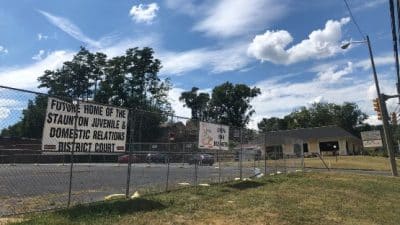
The study, The Impact of Cigarette Tax Increases on Local Government Budgets, uses data published by local jurisdictions as part of their budget process. This is the second such report issued by the Jefferson Institute.
The findings
- Revenues from cigarette taxes continue to decline, despite repeated rate increases. Virginia’s local governments collected 19.7 percent less in real cigarette tax revenue from FY 2010 to FY 2014 (the latest data available), even though individual local governments raised these taxes more than 50 times over the same period. Last year’s study found that local governments collected 16.3 percent less in cigarette taxes between FY 2010 and FY 2013.
- Cigarette tax rate increases raise less tax revenue collections than budget projections or that the percentage rate would imply.
- Between 2010 and 2015, the number of localities that chose to levy a new tax on cigarettes grew from 80 to 106 – a one-third increase in just five years.
- The tax increases are changing consumption patterns as consumers seek alternative markets with lower taxes and lower prices.
“Cigarette taxes rarely produce the revenue expected by local governments,” said Michael W. Thompson, chairman and president of the Thomas Jefferson Institute. “Fairly consistently, the tax increases produce a decrease in revenue, don’t meet expectations, miss budget projections or simply produce mixed results that often turn flat or negative in the years following a tax increase.”
Thompson pointed to the Town of Vinton, which doubled its cigarette tax in 2014, but saw revenues plunge by more than 44 percent between 2013 and 2016, as smokers drove elsewhere to make purchases. The new taxes caused two retailers to close and a new cigarette outlet open just outside of Town limits, driving a further loss of reduced sales taxes.”
“This happens in both large and small jurisdictions,” Thompson declared. “Bluefield raised cigarette taxes by 67 percent in FY 2012 and tax revenues fell 14 percent. Virginia Beach raised the cigarette tax three times between 2010 and 2016, and revenues remain below the level prior to the tax increases.”
“We expect to see it again in Petersburg,” said Thompson, “where the cigarette tax was raised from ten to 90 cents a pack. While it’s too early to have final numbers, what we do know is that the number of cigarette tax stamps purchased by stores has declined by nearly 30 percent, as consumers likely crossed the city line to purchase products elsewhere.”
“And we see the reverse is true as well,” Thompson noted. In FY 2016, Portsmouth cut its cigarette tax rate by 33 percent. The budget for that year anticipated revenues would fall, but in fact revenues increased slightly. The tax cut brought in more revenue, not less.”
“As municipalities begin the process of developing their budgets, instead of seeking excise taxes whose effect can be temporary or negative, they might be better advised to seek efficiencies in their operations or rely on a general, broader-based tax to fund public expenditures,” Thompson concluded.
The study was conducted by the Beacon Hill Institute in Boston, Massachusetts. The study may be downloaded by clicking here.










